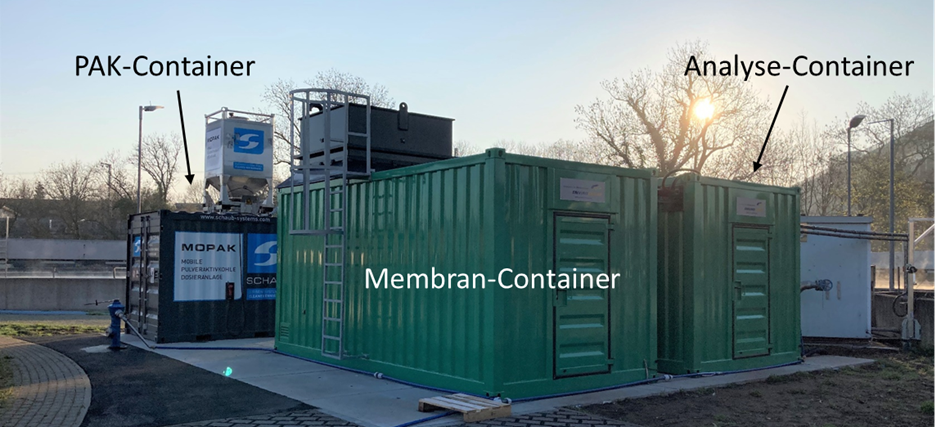Gewässer vor Spurenstoffen schützen
Backgrounds
The introduction of trace substance elimination is currently being discussed throughout the EU and Germany, but also specifically in southern Hesse (5 wastewater treatment plants affected, including Darmstadt) and is already being implemented on an industrial scale in some cases (so-called 4th purification stage).
The term trace substances refers to synthetic, mostly organic substances that occur in water in concentrations of nano- and micrograms per liter and have an impact on the environment. These include, for example, active pharmaceutical ingredients, food additives, ingredients of cosmetics, cleaning agents, etc. but also hormones, for example.
Ozonation and adsorption on activated carbon have proven to be suitable process technologies for the elimination of trace substances.
The occurrence of antibiotic-resistant pathogens in the aquatic environment has received little attention to date, although according to various literature, antibiotic-resistant bacteria (ARB) are responsible for several thousand deaths each year. This is due to the increased use of antibiotics in both human and veterinary medicine. ARBs first enter municipal sewage treatment plants via wastewater from private households and hospitals (or via farms into industrial sewage treatment plants) and finally into water bodies, as conventional sewage treatment plants are not designed to eliminate these pathogens. Research projects have investigated the spread and retention of ARB and ARG (antibiotic-resistant genes) by wastewater treatment plants, but a safe process technology has not yet been established.
Water protection and wastewater treatment at the department
Investigations into the elimination of trace substances and antibiotic-resistant bacteria have been carried out since 2018. A new process consisting of a powdered activated carbon adsorption stage and a membrane separation stage was developed and tested and optimized at various wastewater treatment plant sites (Griesheim, Weiterstadt, Wiesbaden and Ginsheim-Gustavsburg). The process and the first test plant are shown in the following picture.

As part of a project modified by the German Federal Environmental Foundation (DBU), the process was operated on a much larger scale at the Wiesbaden sewage treatment plant. This plant treats around 150 m³ of wastewater per day.

Contact us
Communication Office: B13, 104
+49.6151.533-68150
stefan.krause@h-da.de
Short profile
Educational Area
Siedlungswasserwesen und Umwelttechnik